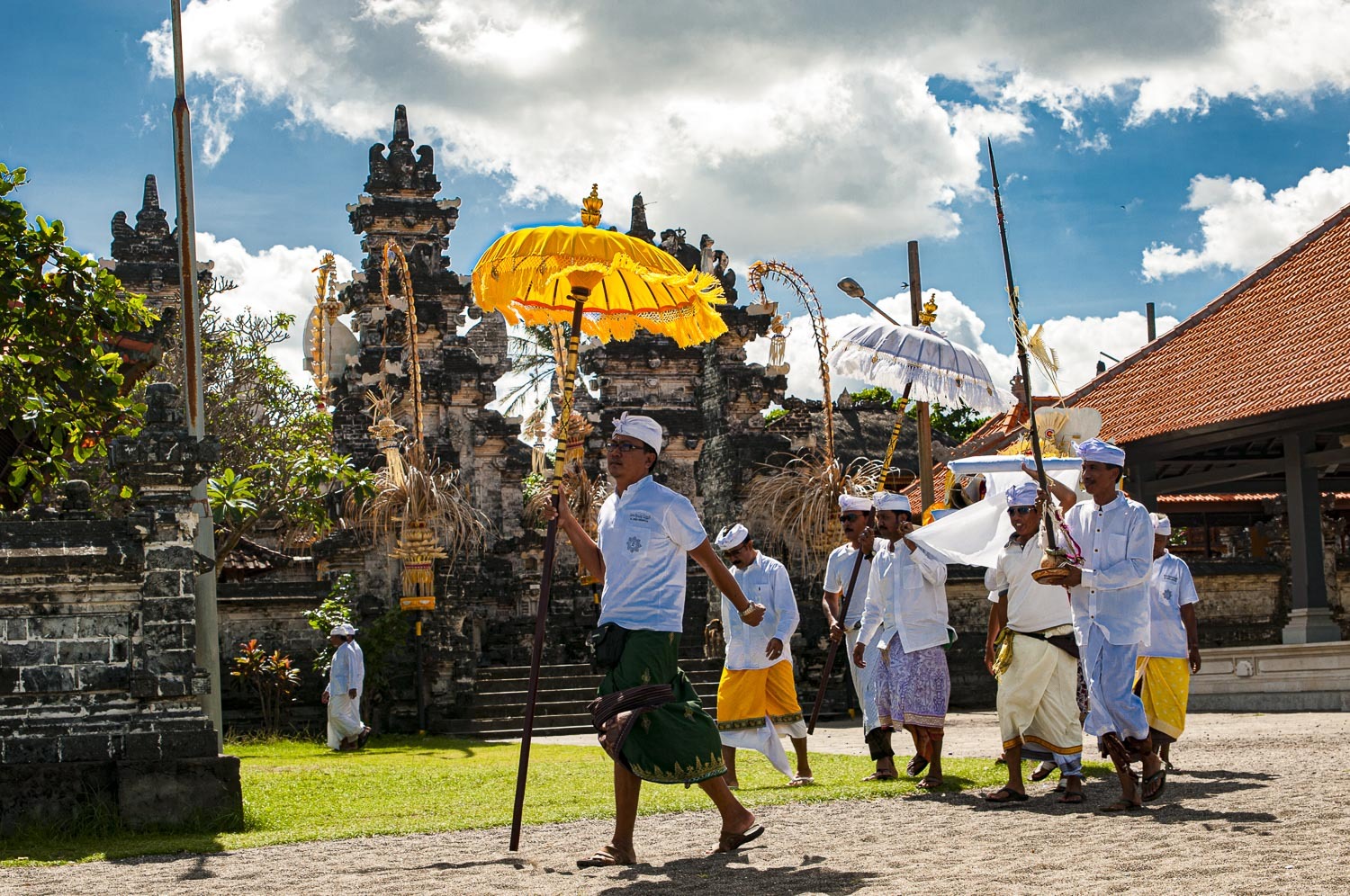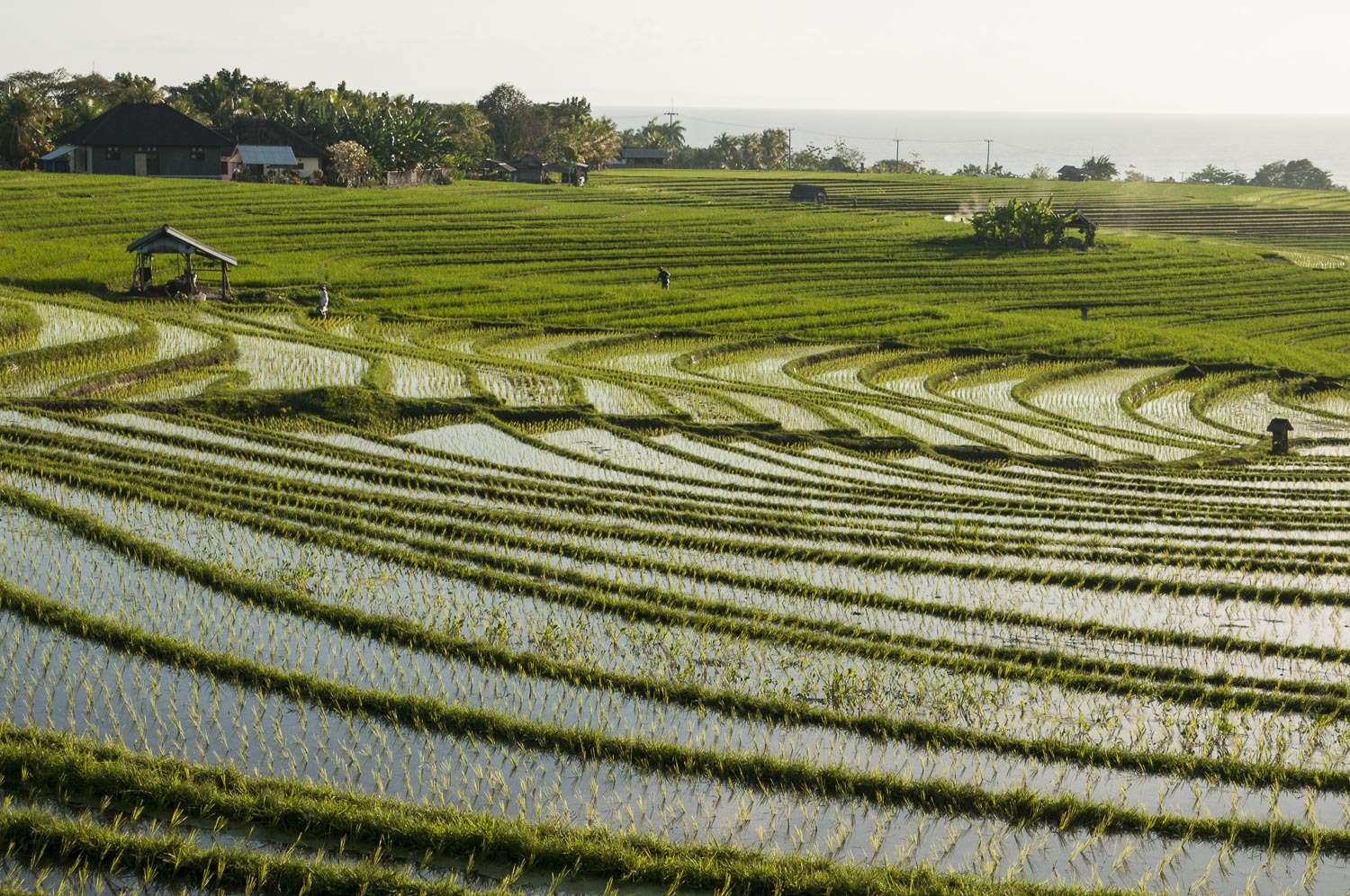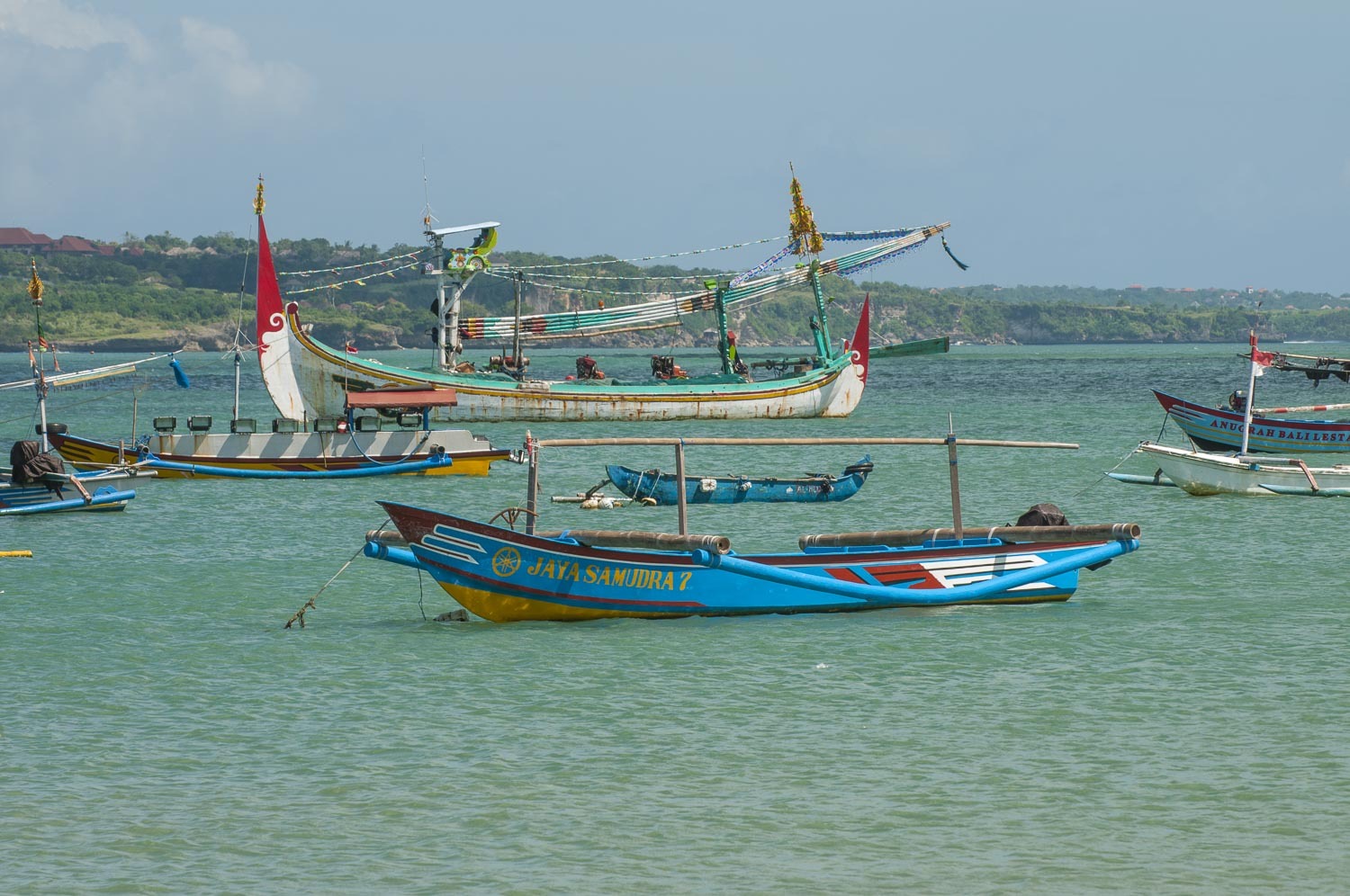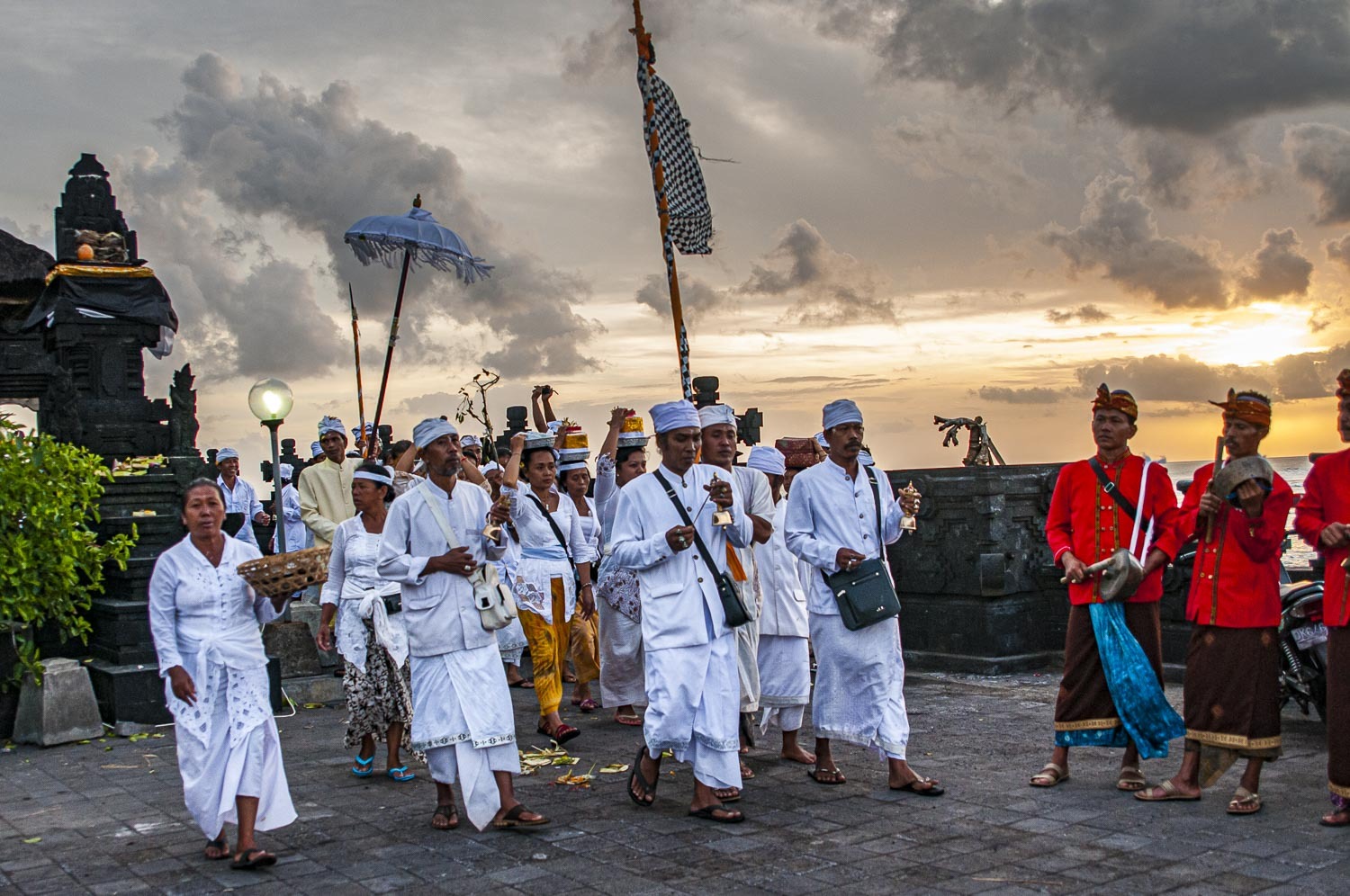“an enchanted land of aesthetes at peace with themselves and nature”

In this way was Bali described by scientists and artists visiting the island in the 1930’s. Today Bali is Indonesia’s main tourist destination, and for many reasons: its very beautiful landscapes (both mountains and coasts), magnificent beaches, many diverse tourist attractions, excellent international and local cuisine, and the friendliness of the local people. The Balinese culture and its highly developed arts, including traditional and modern dance, sculpture, painting, leather, metalworking, and music attract a varied set of people. With an area of 5,577 km2 (2,153 sq mi) and over 4.5 million people (85% of Hindu religion), Bali is densely populated.
Bali is part of the Coral Triangle, the area with the highest biodiversity of marine species especially fish and turtles.In this area alone, over 500 reef-building coral species have been found, seven times as many as in the Caribbean.[The rich coral reefs around the coast, particularly around popular diving spots such as Tulamben, Amed, Menjangan or neighbouring Nusa Penida, host a wide range of marine life, for instance hawksbill turtle, giant sunfish, giant manta ray, giant moray eel, bumphead parrotfish, hammerhead shark, reef shark, barracuda, and sea snakes. Dolphins are commonly encountered on the north coast near Singaraja and Lovina.Beaches in the south tend to have white sand while those in the north and west have black sand due to the volcanic nature of the island.







































